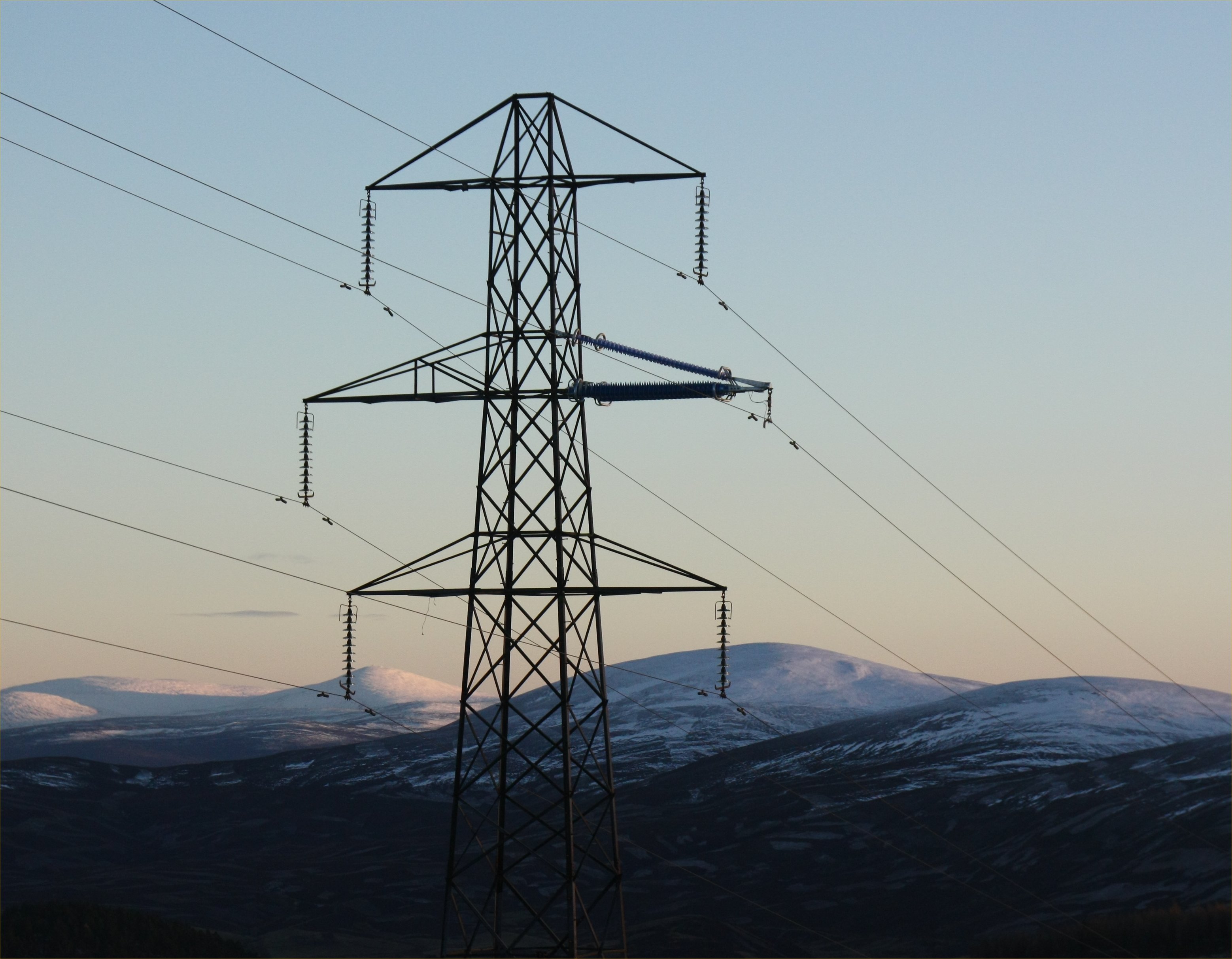Jointly developed by engineers at Manchester University of and EPL Composite Solutions, and manufactured by Manchester spin-out firm Arago, the device, a form of insulated cross-arm, addresses some of the fundamental design limitations of the traditional pylon.
Prof Simon Rowland, who has led the work at Manchester’s School of Electrical and Electronic Engineering, and is a director of Arago, told The Engineer that the device could enable operators to increase the power carrying capability of their powerlines by up to 2.5 times.
‘The existing transmission network is really not big enough any more,’ explained Rowland. ‘All the transmission operators in the developed world are trying to get more and more power down their existing lines’
Rowland added that although operators can achieve small improvements by using different conductors or adjusting cable tension, the only way to significantly improve transmission capability has been installing completely new pylons, an expensive process that’s often fraught with planning implications.
A standard pylon features six metal latticework cross-arms from which the conductors hang, separated from the cross-arms by the distinctive-looking vertical string of insulating discs
Arago’s device combines the cross-arm and insulator in a single structure made from the insulation materials: in this case pultruded glass composite, and silicon rubber.
This has a number of benefits, explained Rowland. Firstly, because there is no hanging insulator, the conductor can be placed higher up the tower, allowing operators to put more current through the cable as it can sag more when it gets hot.

Dispensing with the hanging insulator also means that operators don’t need to allow so much clearance to prevent high-winds from blowing the conductors into the side of the tower. ‘Suddenly we have more clearance to play with and can increase the voltage of the line,’ said Rowland. ‘In principle you can take a 132kv line and turn it into a 275kv line or take a 275kv line and turn into a 400kv line. Without massive planning problems you can increase the transmission capability of your line.’
Rowland claimed that the device could also make it easier to connect forms of renewable power generation to the grid. ‘If you have a wind farm on what used to be a quiet part of the grid suddenly you’ve got to find a way of reliably getting more power down that piece of the grid - and it wasn’t really designed to cope with offshore, or even on-shore wind farms.’
Arago is now planning to install 12 Cross-arms with energy companies Scottish Hydro Electric Transmission (SHETL) and National Grid (NG), and is confident that the wider energy industry will soon catch-on to its benefits. ‘Quite when it will become a routine standard piece of equipment is not clear,’ said Rowland, ‘but we have every confidence that it will become that way.’




Nanogenerator consumes CO2 to generate electricity
Whoopee, they've solved how to keep a light on but not a lot else.